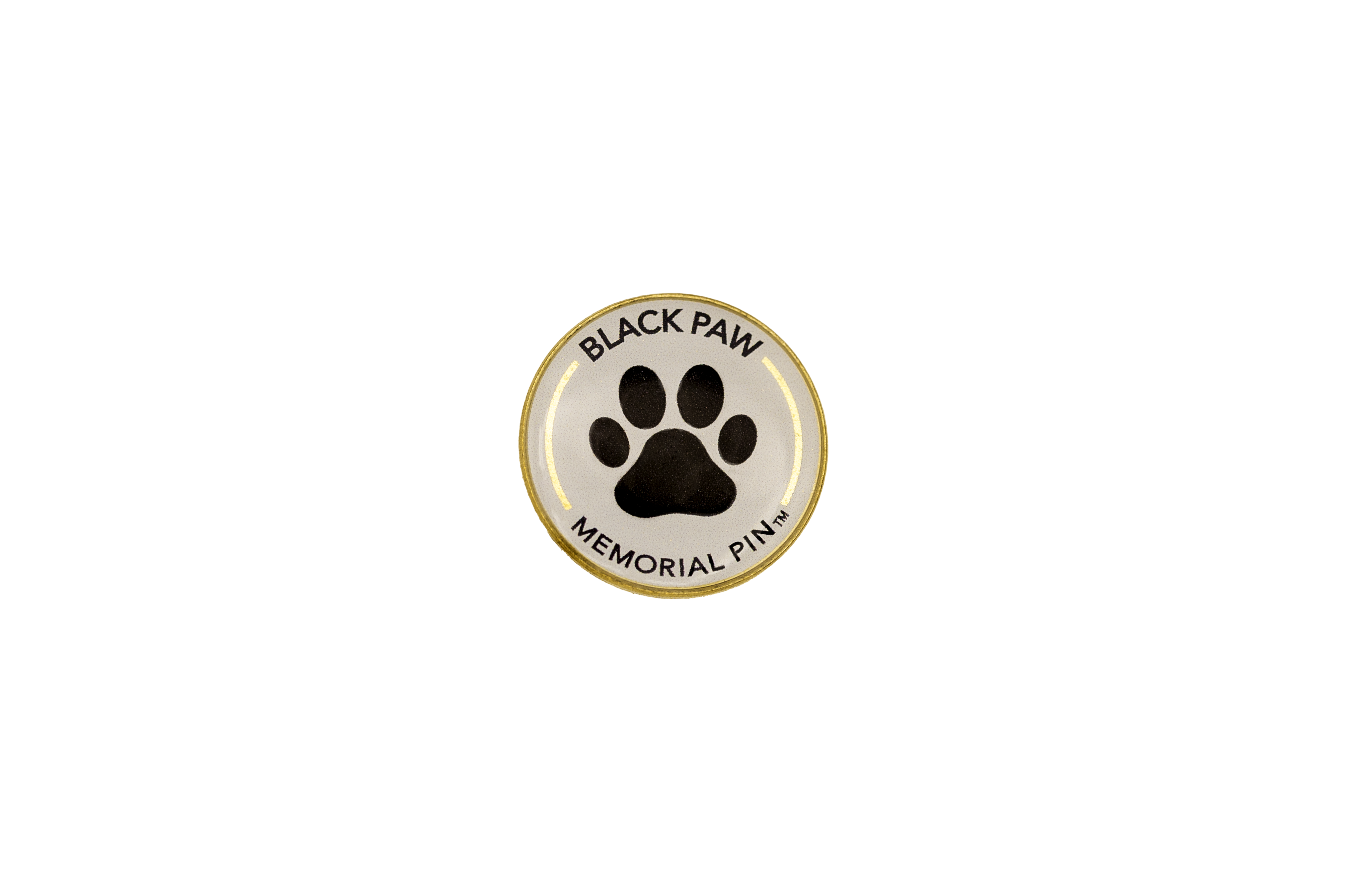Grief is so difficult to understand for any of us, but particularly when it comes to our furry friends who can’t, um, talk. So needless to say, I wasn’t sure what to do when Roy, my 80-pound goldendoodle, died and for weeks afterward, his dog companion, my 22-pound cockapoo Gus, became confused, skittish and listless. Worst of all, he scanned our neighborhood park endlessly each day, expecting his big brother, a brave, off-leash canine, to bound up the way he had for years and reassure him as he hid behind my legs, cowering on his leash. Would Gus ever again be the happy, fetch-playing pet he’d been before the loss? I turned for help to dog expert Cesar Millan, a guy whose way with dogs has made him a TV star (Better Human, Better Dog has just finished its fourth season) and a product innovator (his Halo collar has saved many an anxious pet owner). I met with him over lemonade at a Santa Monica café and asked his advice.
First off, do dogs even understand death?
"Birth, life, death...they know this, dogs understand these,” Millan told me. Turns out, there’s some scholarship to back him up: Recently, a study of Italian dog owners suggested that dogs do experience grief: 426 adults who had owned at least two dogs, one of whom died while the other was still alive, answered specific behavioral questions about how much the surviving dog ate, slept and played after their companion canine died. Here are the results:
- attention seeking increased (67 percent)
- playing less (57 percent)
- level of activity reduced (46 percent)
- sleeping more (35 percent)
- fearfulness increased (35 percent)
- eating less (32 percent)
- vocalization increased (30 percent)
And in her 2014 book How Animals Grieve, anthropology professor Barbara J. King offers anecdotal evidence from a wide range of animals, including dogs, concluding that while we can’t know what an animal is thinking, or how much they exactly understand about death, there is observed behavioral changes following a death of anyone in a dog’s orbit, including other dogs. Indeed, the ASPCA’s Companion Animal Mourning Project concluded that two thirds of dogs show behavioral changes indicative of emotional upset, lasting up to six months, when another dog in their home dies.
What are some of the behavioral changes to watch for?
A 2016 study of New Zealand and Australian pet owners reported that after their animal companion died, the remaining dog became more demanding of affection, “clingy” and spent more time seeking out the deceased pet’s favorite spot. (Interestingly, in the inter-species study, pet dogs slept more and ate less and more slowly, while Cats vocalized more often and loudly once their animal companion died.) In my case, after giant goldendoodle Roy never came home from the vet, little Gus would curl to sleep on a chair near me all day, not even looking at the squeaky toys he usually forced me to throw for him to fetch. I looked at Gus and felt like I’d do anything to help him feel less sad.
So, how can I support my dog’s grieving?
“Grief is normal,” Millan said, shrugging as he looked across the café table at me. “The only way a dog gets stuck in the grief is if they live in the grief. If you project an energy of sadness, that’s how they experience it, but the dog can live on, to be happy-go-lucky. You change the energy to one of joy as you move through it, and the dog will, too.” In effect, Millan was saying that the problem is me—by frowning and speaking in a stressed voice about Roy, I was signaling to Gus that there was a problem to dwell on, a stress to be experienced. If, instead, I projected the “calm confidence” that Millan advised, then Gus would pick up on that and relax.
Additionally, I thought of the data suggesting dogs’ grieving can last up to six months. Why was I pathologizing my little guy’s process, which might take time for him to move through? Then I really started picking up what Millan was putting down, when he explained that he tries to apply the same standards to canines as spiritual thought leaders do to humans. “Joe Dispenza and Tony Robbins are helping people to move on, because most people are unable to,” he noted. “People are confused, unhappy and chaotic, that puts you in a state of ‘stuck.’”
Mind blown. I decided right then and there to give my pet more time to be bummed out, and decided to really take some alone time to face my own super-sadness that our soulful goldendoodle family member was gone forever.
Any specific tips to help a grieving dog?
Millan recommends clearing the home of the dead dog’s things. "If you have scent and sight of the previous pet,” he suggests, “it’s time to put the other dog’s stuff in the garage so the [living] dog can adapt to the new home arrangement." As I swapped out Roy’s spit-softened toys for fresh ones one night after Gus had gone to sleep, and as I stored the hand-me-down bed Roy had slept in for his last few nights in our home, I thought I too was moving on…without forgetting, but with the attitude of “happy-go-lucky” that Millan sees as one of dogs’ biggest attributes.
Post script: A couple months after speaking with Millan—That’s four months post-passing—the day came when Gus brought his honking mallard toy to me to throw. I like to think that Roy paused for a moment in dog heaven to give us one of his big smiles to match my own.

